
Map of Western Colonialism
Focus Question:
How did nationalist movements develop in Africa, Asia, Latin America, and the Middle East and what were the key ideas of nationalist leaders?
Topics on the Page:
Political Independence Around the World (By Region)
- Caribbean and Central America
- South America
- Africa
- Southeast Asia and Oceania
- Middle East
- Central Asia
- Northeast Asia
Notable Leaders Within Nationalist Movements
-
Mahatma Gandhi (India)
-
Fidel Castro (Cuba)
-
Patrice Lumumba (Congo)
-
Ho Chi Minh (Vietnam)
-
Gamal Abdel Nasser (Egypt)
-
Jawaharlal Nehru (India)
-
Juan Peron (Argentina)
-
Mohammad Mosaddegh (Iran)
-
Ayatollah Khomeini (Iran)
|
Nationalism Summary
Throughout the nineteenth and twentieth centuries, different people pursuing different goals in various world regions rallied under the banner of nationalism. They included liberal nationalists, ethnic nationalists, left-wing nationalists, territorial nationalists, and anticolonial nationalists.
Quoted from Massachusetts Political Science/Political Philosophy Practice Teacher Test (2016)
|

Political Independence Around the World (By Region)
Caribbean and Central America:
Special Topic page on Independence for Caribbean and Central American Countries
South America:
Special topic page on Independence for South American Countries
Africa:
Special Topic page on Independence for African Countries
Southeast Asia and Oceania:
Special Topic page on Independence for Southeast Asian and Oceanian Countries
Middle East:
Special Topic page on Independence for Middle Eastern Countries
Central Asia:
Special Topic page on Independence for Central Asian Countries
Northeast Asia:
Special Topic page on Independence for Northeast Asian Countries
 United Nations Declaration on the Granting of Independence to Colonial Countries and Peoples, December 14, 1960.
United Nations Declaration on the Granting of Independence to Colonial Countries and Peoples, December 14, 1960.
Implementation of the Declaration on the Granting of Independence to Colonial Countries and Peoples by specialized agencies and international institutions associated with the United Nations, 1994
Democracy in Crisis: Freedom in the World 2024 (Data from 2023)
Independence or Birthday for Every Country
A. Mahatma Gandhi (India)
 CROSS-LINK: Mohandas Gandhi, Indian Independence Leader
CROSS-LINK: Mohandas Gandhi, Indian Independence Leader
Learn all about Gandhi and his impact
Gandhi at the Dandi Salt March, April 1930 and Gandhi in 1929
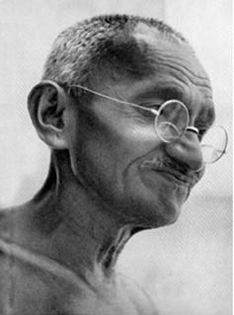
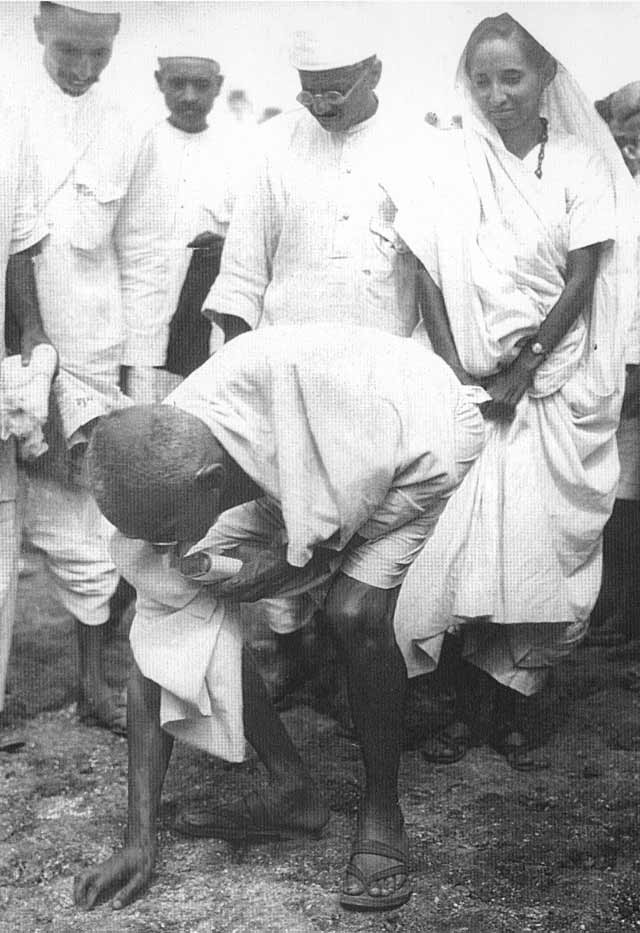
- Gandhi was the first nonviolent protester.
- "Satyagraha" is nonviolent protest
- His political actions against the British Empire inspired many of the civil rights movements all over the world, most notably the Rev. Martin Luther King Jr. of the United States.
- Protested discriminatory treatment of Indians by the British Empire
- Wanted to end the caste system
Click here for an article about Gandhi's impact on women's rights

Quit India Speeches (1942)
Statement in the Great Trial of 1922
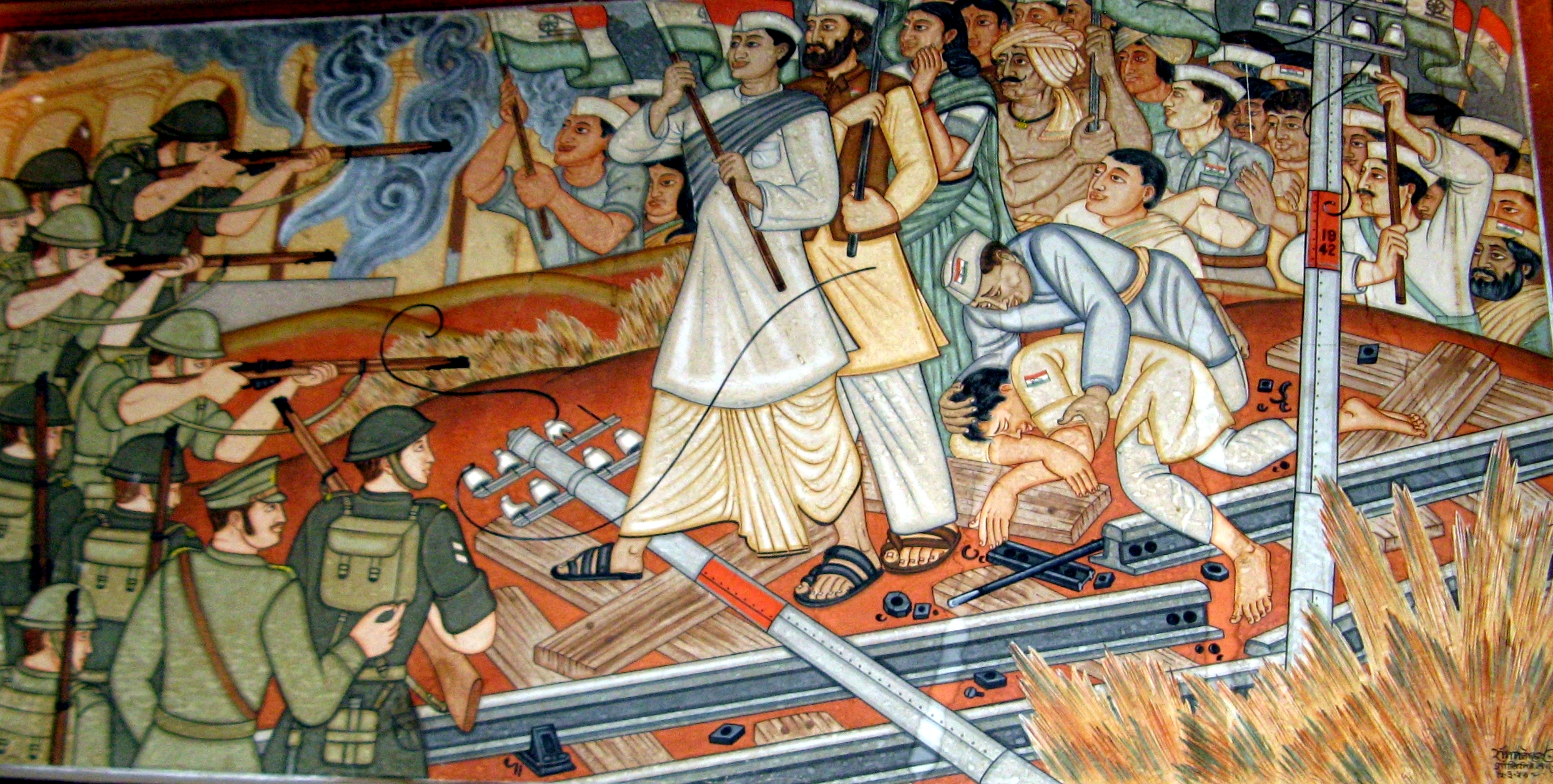 |
| Frescoes depicting the Quit India Movement by Beohar Rammanohar Sinha |
 My Spiritual Message, 1925 (audio recording).
My Spiritual Message, 1925 (audio recording).
Helpful site about Gandhi from the Gandhi Research Foundation, Bombay, India.
Gandhi: A Manga Biography, Kazuki Ebine. Penguin Books, 2013
 Learning Plans
Learning Plans
Click here for a lesson plan on Gandhi and the Salt Laws in 1930.
Fidel Castro at MATS Terminal, Washington 1959

 CROSS-LINKS:
CROSS-LINKS:
Dramatic Event Page on The Cuban Missile Crisis
Dramatic Event page: The Cuban Revolution
Background on Fidel Castro
- President of Cuba until his resignation in 2006
- Became First Secretary for the Communist Party in Cuba in 1965
- Became President of Council of State and President of Council of Ministers in 1976
- In 1956 in Mexico, Castro organized an invasion of Cuba and gained control of the government
- Maintained a volatile relationship with the United States (Cuban Missile Crisis increased tension between Russia and Cuba and the United States)
- Ally of the former USSR
- Centralized Cuba's economy
- Encouraged social reforms such as improved health care for Cubans and expanded amounts of public education
- Cuban Revolution Pictured (1952-1958)
- For a Cuban perspective of the lasting effects of the Cuban Revolution, see The War on Cuba
 Primary Sources
Primary Sources
 Learning Plans:
Learning Plans:
PBS has a film on Fidel Castro and teacher resources to accompany it.
New York Times has a plan for teaching about US and Cuban relations.
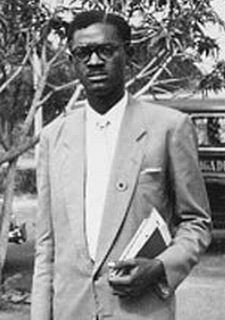
- First legitimately elected Prime Minister of the Congo (1960)
- Staunch anti-colonialist who ensured Congo's break from Belgium's rule
- Helped found Mouvement National Congolais (MNC) which encouraged Pan-Africans to explore anti-colonial options.
- Although he was assassinated shortly after he became prime minister, Lumumba's legacy still drives and inspires politics in the region to this day. Click here for an article about the assassination from the Guardian.
- The Tragedy of Lumumba: an exchange.
- Character Sketches: Patrice Lumumba
 Cross-Link: Ho Chi Minh, Vietnamese Independence Leader
Cross-Link: Ho Chi Minh, Vietnamese Independence Leader
Summary:
"Ho Chi-Minh was the founder and first leader of Vietnam’s nationalist movement. Starting at an early age at the dawn of the 20th century, Ho became a strident voice for an independent Vietnam. He was inspired by the Bolshevik Revolution and joined the Communist Party traveling to the Soviet Union and China to spread the socialist doctrine into South East Asia. At the end of World War II, he appealed to the United States to assist him in liberating Vietnam from French control. But the post-war world order was not in his favor and he allied the hopes of his country with the Soviet Union and Communist China. Known as “Uncle Ho,” he became the symbol of Vietnamese liberation and the arch rival to the United States during the Vietnam War". (Source)
Ho Chi Minh State Visit to a Children's Camp, Germany, July 1957
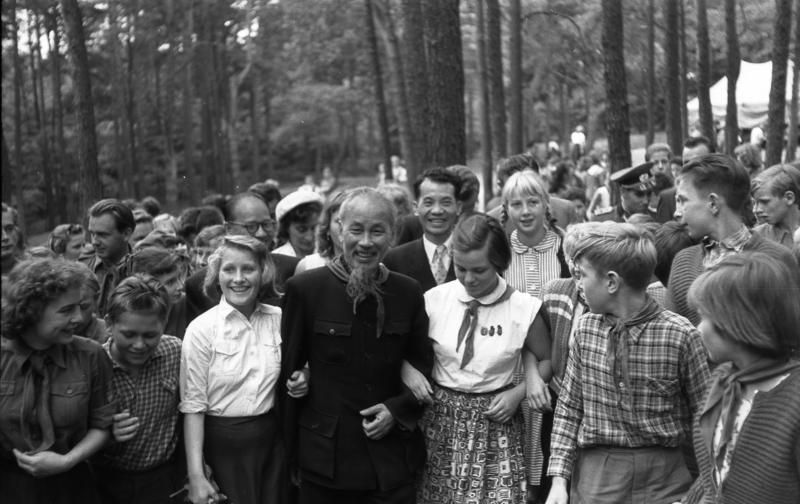
- Ho Chi Minh never had a hard stance on same sex marriage, and never really put any laws in place to regulate it.
- Women during his reign would be forced to labor for building the Ho Chi Minh trail. Women were also in combat and fought during the Indochina Wars.
- led the Viet Minh to independence in 1941
- became leader of Communist Vietnam in 1945
- ended French colonialization of Vietnam in 1954
- American support denied to Ho Chi Minh because of his communist ties
- became president of communist run Democratic Republic of Vietnam in 1955
- died in 1969 but remains a revered figure for communist leaders in Vietnam to this day

Here is a resource that can be used as an introductory lesson to Ho Chi Minh. It is a quick video that offers brief explanation of his life as a whole.
This is a link all about the Ho Chi Minh Trail. This is a Ted Ed so it often has graphics and keeps the students engaged.
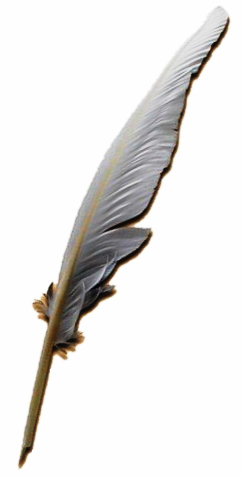 A Biography of Ho Chi Minh
A Biography of Ho Chi Minh
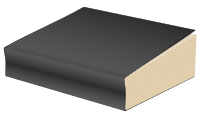 See also, The OSS and Ho Chi Minh: Unexpected Allies in the War Against Japan, Dixee R. Bartholomew-Feis, 2009.
See also, The OSS and Ho Chi Minh: Unexpected Allies in the War Against Japan, Dixee R. Bartholomew-Feis, 2009.
 Primary Sources:
Primary Sources:
Teaching the American War In Vietnam through the eyes of the Vietnamese.
Nasser and Soviet Premier Nitika Khrushchev

- Prime Minister of Egypt from 1954-1970
- responsible for instilling pride in the Arab people
- advocate of public education
- anti-colonialist; responsible for eradicating European domination of the region
- nationalized the Suez Canal resulting in the Suez Crisis and The War of 1956
- close ties with the USSR after Six Days' War
- The war caused countless Arab deaths, and as a result, a public loss of respect for Nasser occurred.
Timeline of Gamal Abdel Nasser's life and career
Jawaharlal Hehru, 1949
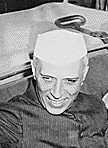
- First Prime Minister of the Republic of India (1947)
- encouraged Muslims to remain in India despite the increasing amounts of violence in the area
- incorporated a Five Year Plan in India that would increase production of agriculture, mining, and industry to boost the economy
- advocate for public education
- supported the United Nations and refused to align with the US or the USSR during the Cold War, called the Non-Alignment Movement
- friend of Gandhi
- pacifist
 |
| Indira Gandhi and Richard Nixon, 1971 |
Daughter was Indira Gandhi, the first female Indian Prime Minister.
Go here for a brief biography.
A Passage to India. the Nationalist Movement, and Independence
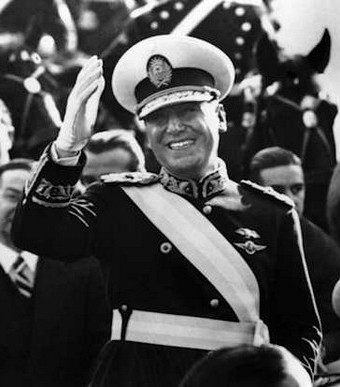 |
| Juan Perón, 1946 |
- President of Argentina for three non-consecutive terms, 1946-52. 1952-55 and 1973-74.
- concerned about the rights and welfare of the lower classes
- Five Year Plan implemented to increase industrialization
- harbored ex-Nazis in Argentina
- read about when he was disposed in 1955
 Click here for a timeline that includes information on Argentina's involvement with Nazis post-WWII.
Click here for a timeline that includes information on Argentina's involvement with Nazis post-WWII.
Click here for a minute video about Peron.

Peron's wife, Eva (Evita) Peron, was actively involved during his time in power until her death in 1952. She was immensely popular with the Argentine people and it is said that she was real power behind Peron.
View a video of her last speech with English subtitles, notice the crowd's reaction.
H. Muhammad Mossaddegh (Iran)
- Iranian anti-colonial nationalist: elected Prime Minister of Iran in 1950
- Famous for nationalizing the oil industry in Iran
- Believed in secular progress, specifically regarding education and women's suffrage
- Overthrown in 1953 during an American-backed military coup de tat
- Mossaddegh Biography
Six Myths about the Coup Against Mossaddegh from National Interest.
Recently, the CIA admitted they were behind the 1953 Coup, read an article from 2013, and watch a half hour news segment about it.
Click here for a video about Operation Ajax, the mission to assassinate Mossaddegh
I. Ayatollah Khomeini (Iran)

- Spearheaded the Iranian Revolution in 1978-1979 and established the Islamic Republic.
- Nationalist, Radical Islamist.H
- Staunchly anti-West/ anti-American.
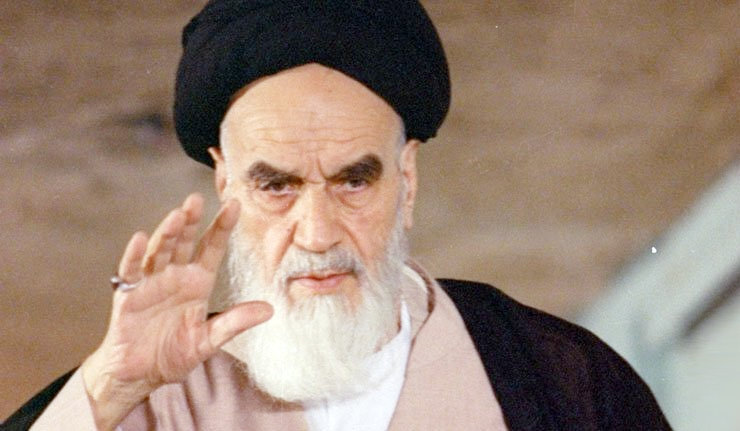
 Click here for a video by Biographics with more information
Click here for a video by Biographics with more information
Additional Resources
Link to create a jeopardy game for the nationalist leaders and the ideas they represent (free!): Start building a jeopardy template.
Crash Course video regarding Decolonization and Nationalism Triumphant
Comments (0)
You don't have permission to comment on this page.